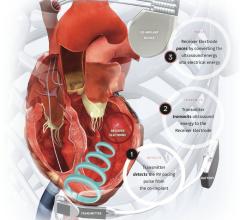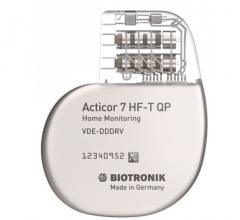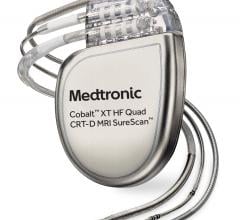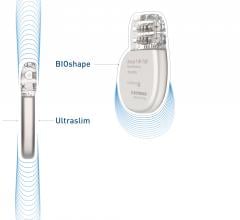May 9, 2016 —St. Jude Medical announced presentation of the MultiPoint Pacing (MPP) Investigational device exemption (IDE) clinical study results during a late-breaking clinical trial session at the Heart Rhythm Society (HRS) annual meeting. The MultiPoint Pacing technology, featured on the Quadra Assura MP cardiac resynchronization therapy defibrillator (CRT-D) and the Quadra Allure MP CRT-pacemaker (CRT-P), recently received U.S. Food and Drug Administration (FDA) approval. The study met its primary endpoints of safety and efficacy, and additional analyses indicated a positive impact of MPP programming on patient response to therapy.
The technology is a new approach designed for CRT patients who are not responsive to other pacing options, as well as providing opportunity for further improvement in patients who are responders to traditional CRT.
“Due to the complex nature of their cardiac disease and electrical conduction patterns, it is not possible to determine which of our heart failure patients will be non-responders to traditional cardiac resynchronization therapy. The MultiPoint Pacing technology provides additional options for treating these difficult to manage patients and as this study shows, we continue to learn more about which program settings are most effective,” said Gery Tomassoni, M.D., primary investigator of this study and director of electrophysiology at Baptist Health Lexington in Lexington, Ky.
Despite the improvements in patient outcomes seen with quadripolar CRT technology, a significant proportion of patients do not respond to resynchronization therapy. Importantly, these non-responders to CRT cannot be identified at the time of implant, so the extent to which the therapy is effective for an individual patient is difficult to predict. MultiPoint Pacing technology offers physicians a new set of tools that allow for individualized patient therapy with the goal of optimizing their response to CRT.
The MPP IDE study was a prospective, multi-center, randomized, double-blinded non-inferiority clinical study including more than 500 patients at 49 centers who were all implanted with a quadripolar pacing device. In the first three months of the trial, all patients received biventricular pacing. Thereafter, patients were randomized to either standard biventricular pacing or MPP programming for an additional six months of follow-up. Those first three months without MPP programming turned on allowed the investigators to determine the patient’s response or non-response to CRT. Patients’ responder status was assessed at three and nine months using the clinical composite score (CCS).
The primary safety endpoint was met with a 93.2 percent freedom from system-related complications. The primary efficacy endpoint was met by demonstrating non-inferiority of response rate in the MPP technology group compared to the biventricular pacing group at nine months compared to three months. Additional analyses demonstrated the ability of MPP technology to achieve an 87 percent response rate in patients with optimal program settings. These data further support previously reported studies, including one presented at last month’s American College of Cardiology (ACC) meeting in Chicago, which demonstrated a 90 percent responder rate for patients at one year follow-up using MPP programming compared to traditional methods of CRT.
MultiPoint Pacing technology is designed to deliver electrical pulses to multiple locations on the Quartet lead to make the heart’s lower chambers pump in a more coordinated way to mirror the natural contractions of a healthy heart. More than 60 abstracts and publications demonstrate that this increases the number of patients who benefit from CRT.
St. Jude Medical developed and launched the industry’s first quadripolar pacing system in the United States in 2011 featuring four pacing electrodes, offering physicians the ability to effectively and efficiently manage the ever-changing needs of patients with heart failure. The Quartet LV lead design allows the physician to implant the lead in the most stable position without making trade-offs in electrical performance; this has also been demonstrated to reduce the likelihood of costly and invasive lead revision through a second intervention procedure.
For more information: sjm.com

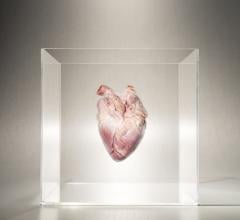
 May 22, 2023
May 22, 2023 

